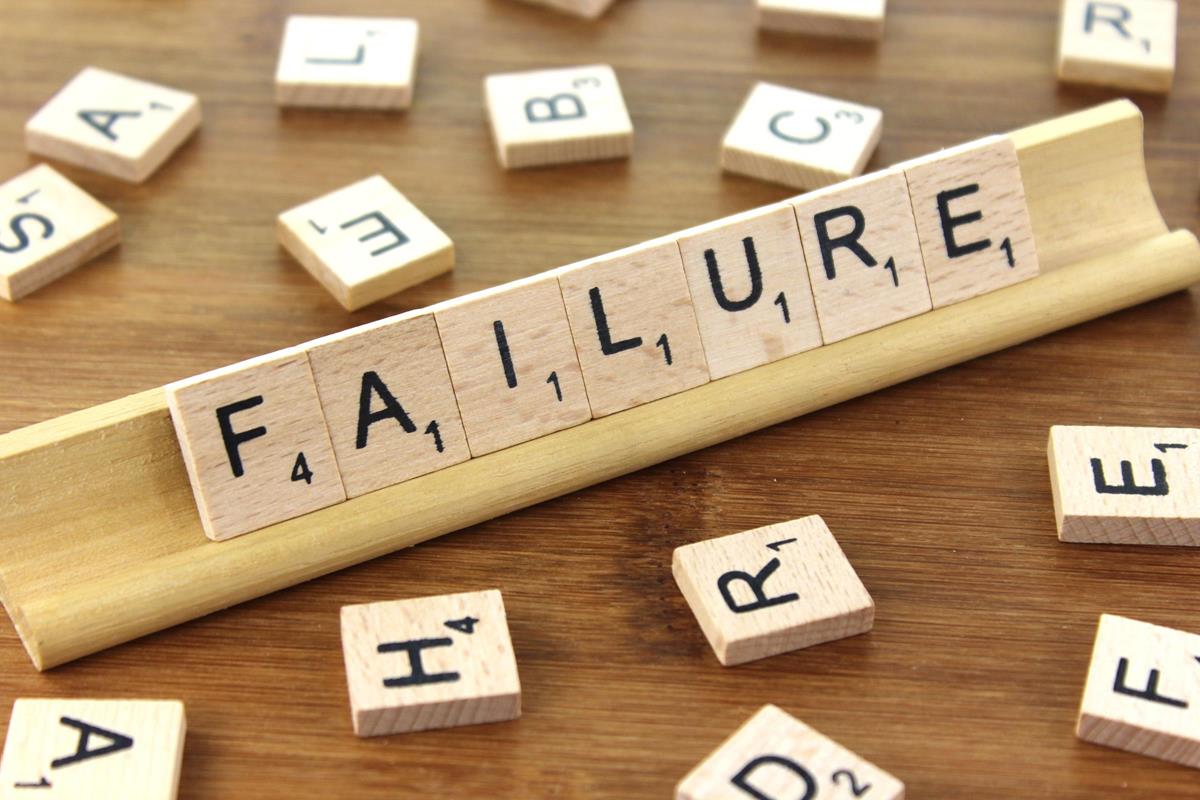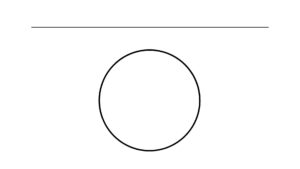Learning to Fail

Reading Time: 2 minutes
Summary
学习者将完成一个注定失败的艺术实践,通过它,他们将了解当代艺术家如何通过他们的艺术实践来看待失败,并将其视为一次积极而有希望的尝试。
1. Activity —Bound to Fail (6 min)
Choose one of the two activities
A. Cut a Perfect Circle
Cut a circle with a tool no more than scissors, the rounder the better.
B. Draw a Perfect Straight Line
Draw a straight line with no tool, the straighter, the better.
2. Reflection (5 min)
Question
1. If you only look at your feelings, would you call yourself a “success” or a “failure”? Why?
2. Has your judgment changed after comparing your work with the template image?
3. At what moment did you realize during the event that it could not be perfect? What makes you feel that way?
4. Who do you think is deciding what ‘failure’ means? Does this judgment come from you, others, or some social standard?
5. Did this event make you rethink the role of ‘failure’ in art? If so, what is it?
3. Concept Introduction—How Contemporary Art Uses Failure (5 min)
1. Why talk about failure?
You just went through an art task that was destined to fail.
This makes us think:
Does failure really exist?
Or is it just not meeting a predetermined standard?
2. How does contemporary art view failure?
Many contemporary artists see failure as:
Evidence of the Process
Doubts about the rules
Breakthrough in creation
Failure in art is not a flaw, but a resource.
3. Subjective Failure & Objective Failure
Your experience demonstrated two types of failures:
Subjective failure: Did not meet one’s expectations
Objective failure: Not ‘correct’ compared to reference standards
The key is what these differences themselves can tell us, not right or wrong.
4. Why is failure important in art?
Failure can:
Exposing ‘standards’ is a cultural construction, not a natural truth
Release creative freedom
Make art closer to the real human experience
In contemporary art, failure is not the end, but a new starting point.
4. Concept Introduction—How Contemporary Art Uses Failure (4 min)
Art does not need to be ‘well functioning’ to be valuable.
In many contemporary art practices, failed attempts and actions that were originally impossible to succeed have instead become the source of meaning generation.
The charm of art often comes from the questions it raises, rather than providing answers. Failure exposes the artist’s vulnerability, while also making us realize that vulnerability itself is a shared experience and an important way to connect creators and viewers.
Learning to Fail © 2025 by Yiming SUN is licensed under CC BY 4.0. To view a copy of this license, visit https://creativecommons.org/licenses/by/4.0/
(https://www.thebluediamondgallery.com/wooden-tile/f/failure.html)
Learning to Fail / Open Toolkits by s2827324 is licensed under a Creative Commons Attribution-NonCommercial-ShareAlike CC BY-NC-SA 4.0



